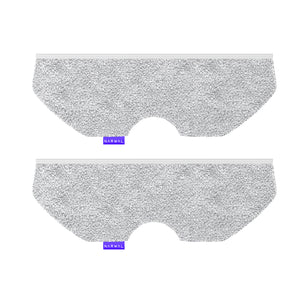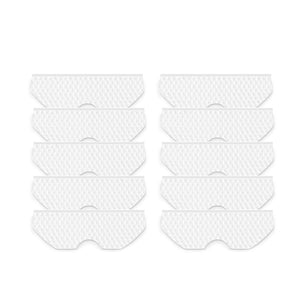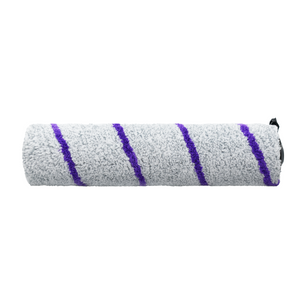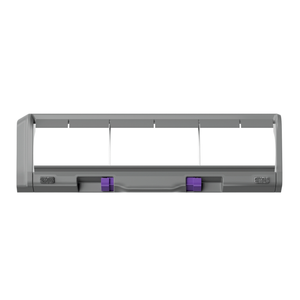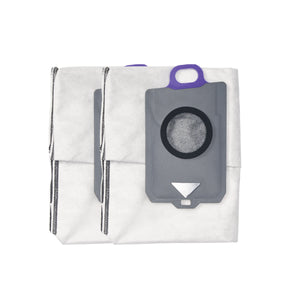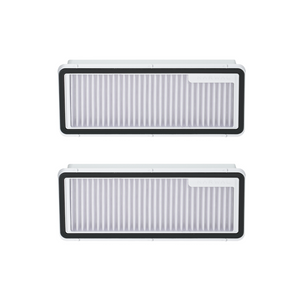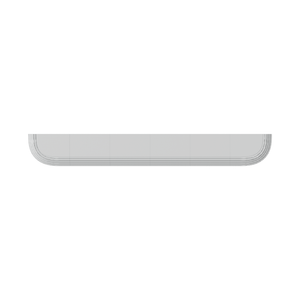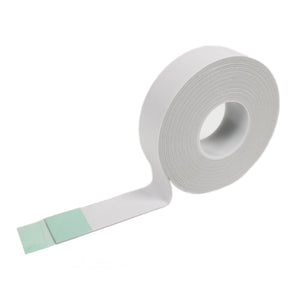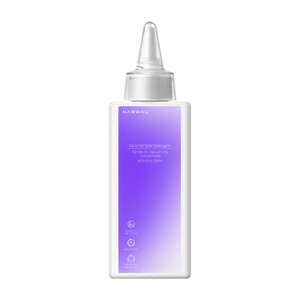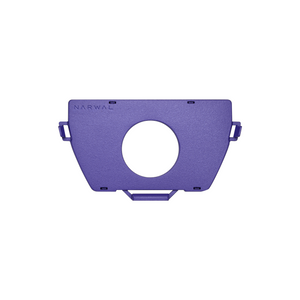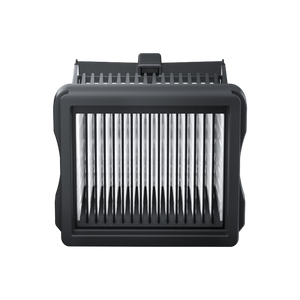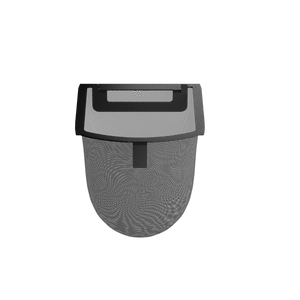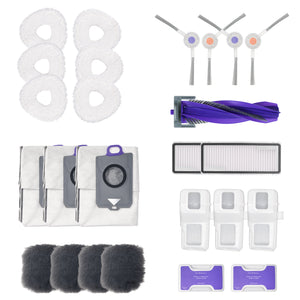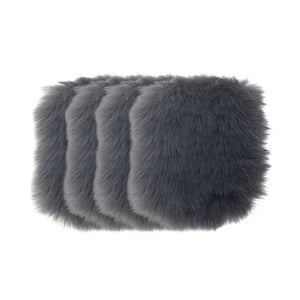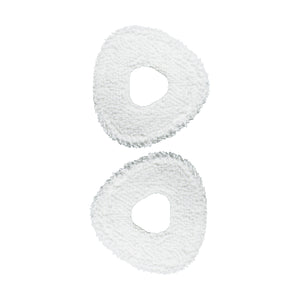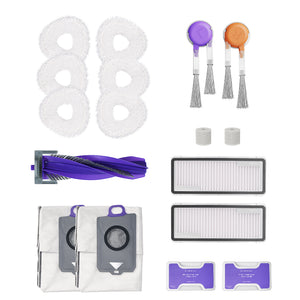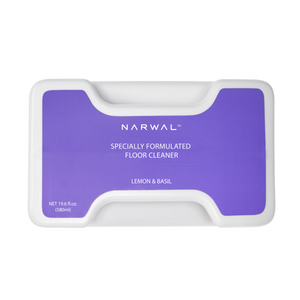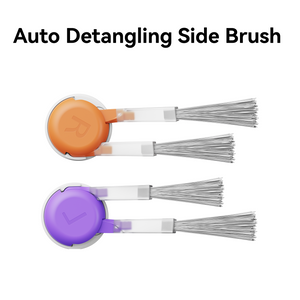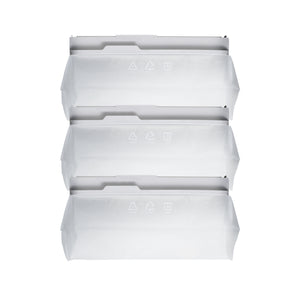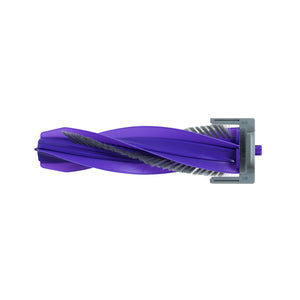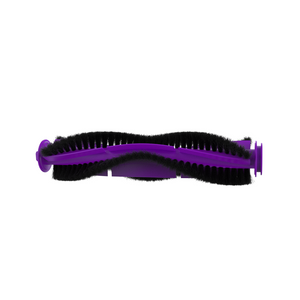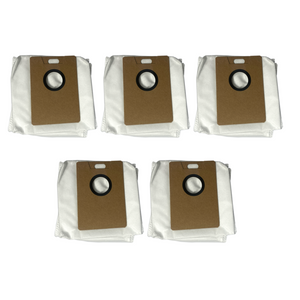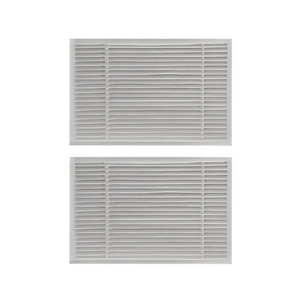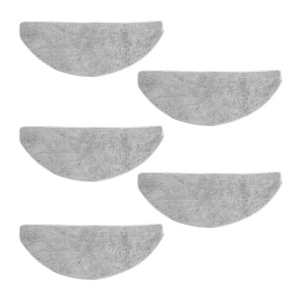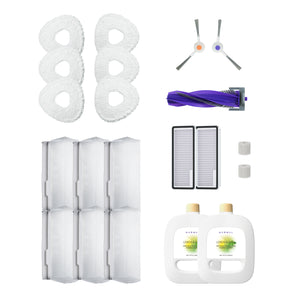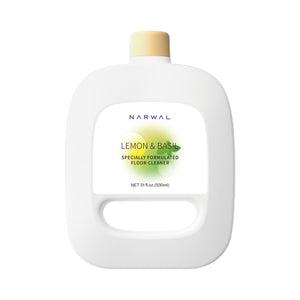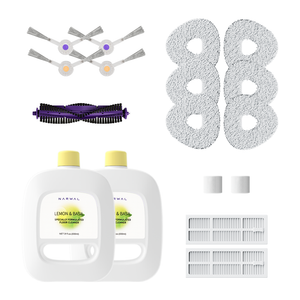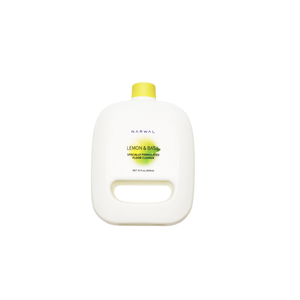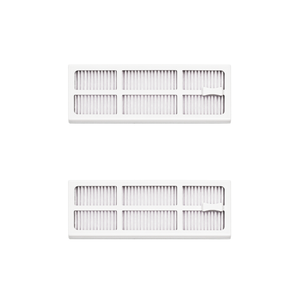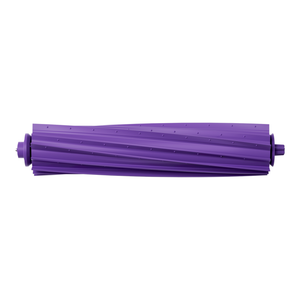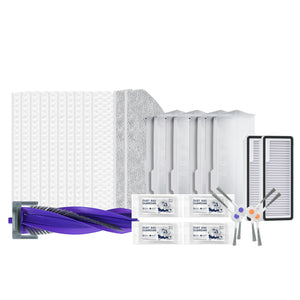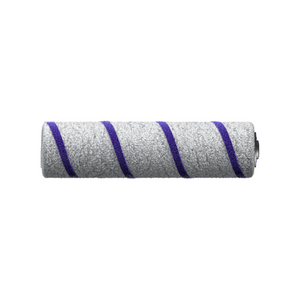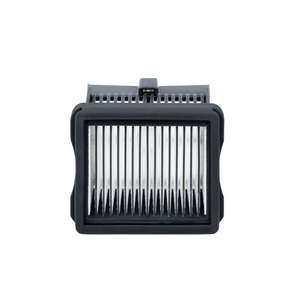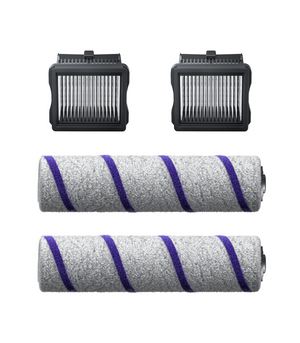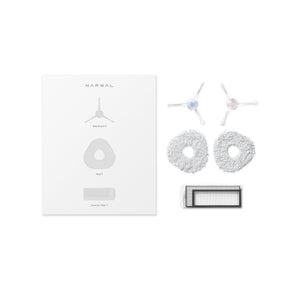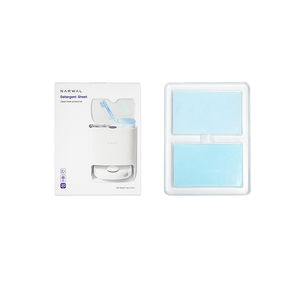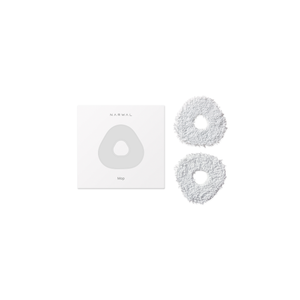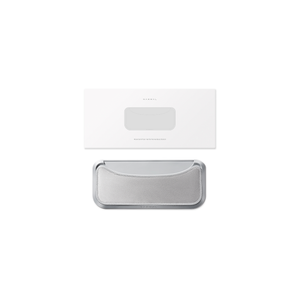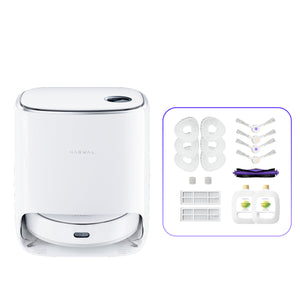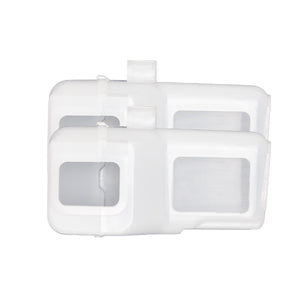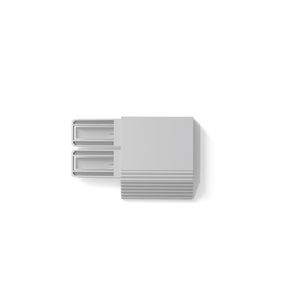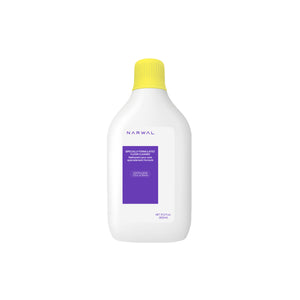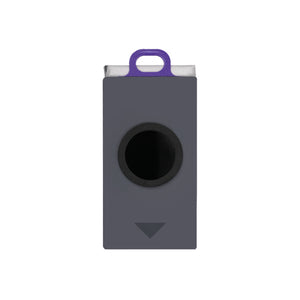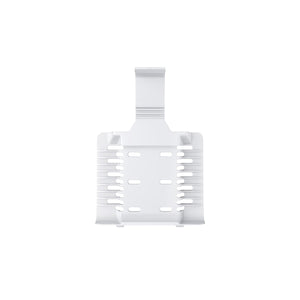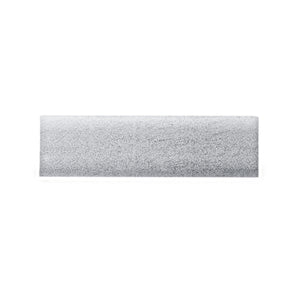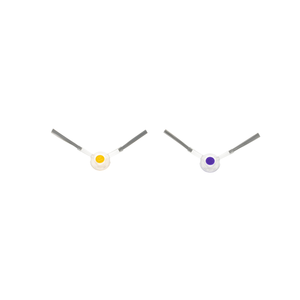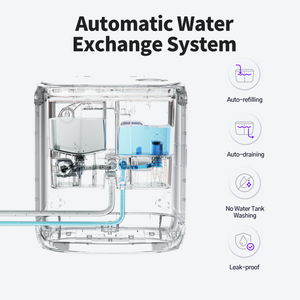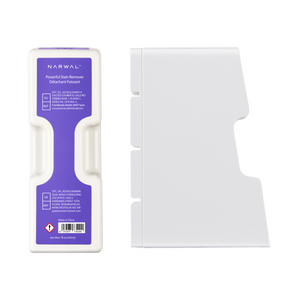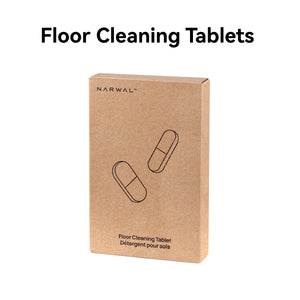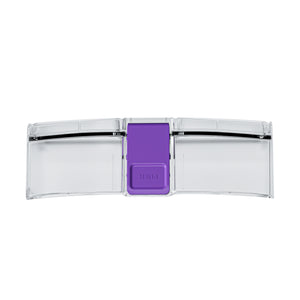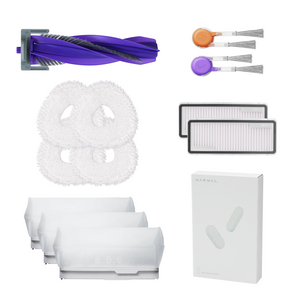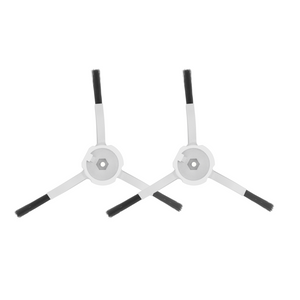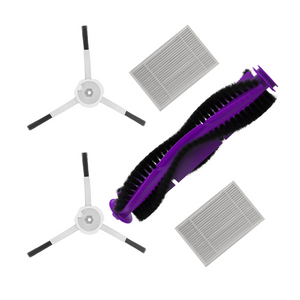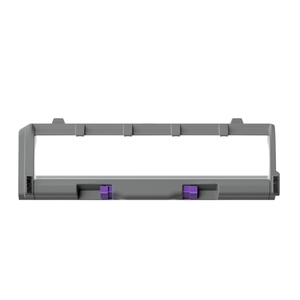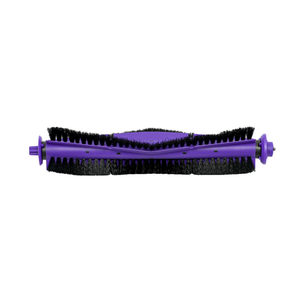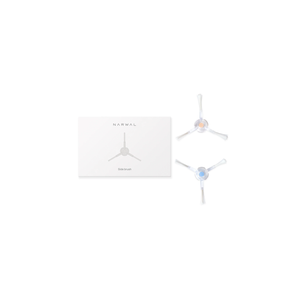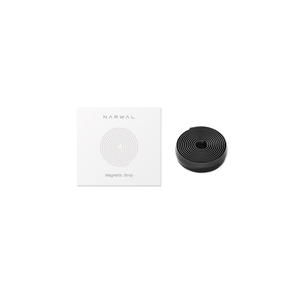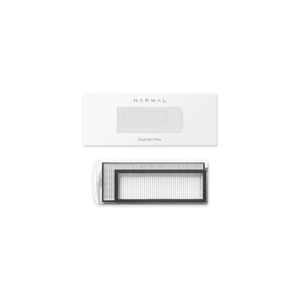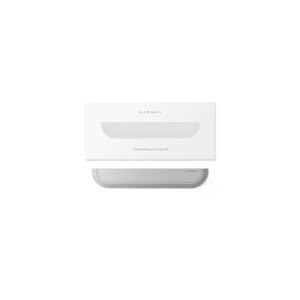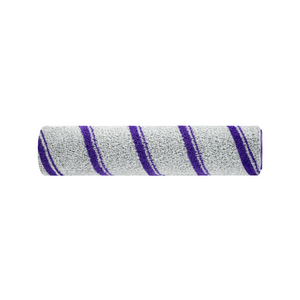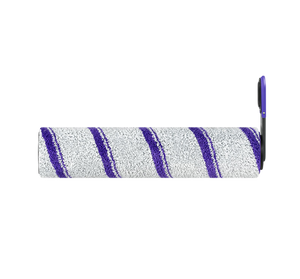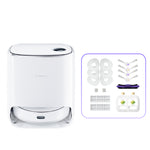The average lifespan of robot vacuum models is typically 3 to 5 years, making robot vacuums a smart investment for automated home cleaning. However, the lifespan of robot vacuum devices varies significantly based on brand, daily use, and how well you maintain your device. Understanding the robot vacuum's life expectancy and practicing regular maintenance can help your device last longer and deliver the best performance.
In this blog, we'll explore the average lifespan of robot vacuums, the key factors that impact their longevity, and practical tips to keep your device running smoothly for years to come. Let’s dive in and learn how to maximize the value of your investment!
How Long Do Different Types of Vacuums Last?
The lifespan of a vacuum cleaner varies depending on its type, usage, and maintenance. Here’s a breakdown of the average lifespan for different types of vacuums:
Upright Vacuums
- Average Lifespan: 5 to 8 years
- Details: Known for their powerful suction and durability, upright vacuums are built to handle heavy-duty cleaning tasks. With proper maintenance, such as replacing filters and belts, they can last even longer.
Canister Vacuums
- Average Lifespan: 6 to 10 years
- Details: Canister vacuums are versatile and designed for both carpets and hard floors. Their durable construction and efficient motors contribute to their longer lifespan, especially with regular upkeep.
Cordless Stick Vacuums
- Average Lifespan: 3 to 5 years
- Details: Lightweight and convenient, cordless stick vacuums are ideal for quick cleanups. However, their lifespan is often limited by battery performance. Replacing the battery when needed can help extend their usability.
Handheld Vacuums
- Average Lifespan: 2 to 4 years
- Details: Perfect for small messes and spot cleaning, handheld vacuums are compact and easy to use. Their lifespan depends heavily on battery care and usage frequency.
Robotic Vacuums
- Average Lifespan: 3 to 5 years
- Details: Robotic vacuums are designed for convenience and automation. While their advanced technology can wear out over time, regular maintenance (e.g., cleaning sensors, replacing brushes, and updating software) can help prolong their life.
Central Vacuums
- Average Lifespan: 15 to 20 years
- Details: Built into the home’s infrastructure, central vacuum systems are the most durable option. Their long lifespan is due to their robust design and minimal moving parts, making them a long-term investment.
Wet/Dry Vacuums
- Average Lifespan: 5 to 7 years
- Details: Designed for heavy-duty cleaning, including liquids and debris, wet/dry vacuums are built to withstand tough conditions. Regular cleaning and proper storage can help maintain their performance over time.
What Are the Factors that Impact the Lifespan of a Robot Vacuum?

There are many factors that impact the lifespan of a robot vacuum, such as how often you use your robot vacuum, the specific environment in which it operates, and the quality of the brand or model you have chosen. How often to use robot vacuum is important; constant daily use will increase wear, while occasional use paired with regular maintenance can help your robot vacuum last longer. Paying attention to battery health and sticking to a recommended maintenance schedule can extend the life expectancy of your robot vacuum.
Quality of the Product
The quality of the robot vacuum is one of the most important aspects determining its lifespan. High-end models from reputable brands are generally built with better materials and more advanced technology, which contributes to a longer lifespan. Cheaper versions may save you money at first, but they can cost more in maintenance and replacements over time.
Usage Frequency
How often you use your robot vacuum also plays a crucial role in its longevity. Daily use can lead to faster wear and tear, while occasional use might help the vacuum last longer. However, consistent but not excessive use, along with regular maintenance, can keep your vacuum in good working order for many years. For optimal lifespan, follow the manufacturer's recommendations for usage frequency and avoid running the vacuum non-stop.
Environmental Conditions
Your robot vacuum's longevity is heavily influenced by the environment in which it is used. Homes with pets, high dust levels, or a lot of carpeting might see more wear and tear on the vacuum. Pet hair and dander can block filters and brushes, whereas hard floors typically cause less wear on the vacuum. To maximize lifespan, regularly clean the vacuum's components and ensure it operates in a relatively clean environment.
Battery Life and Replacement
The battery is a critical component of a robot vacuum. Most robot vacuums use rechargeable lithium-ion batteries, which typically last between 1 to 2 years before they start to degrade. Signs of battery wear include shorter run times and longer charging periods. Replacing the battery as soon as it begins to show signs of wear will greatly extend the lifespan of your robot vacuum. Always use manufacturer-recommended batteries for replacements.
How Long Do Robot Vacuum Batteries Last?
Most robot vacuum batteries last 1 to 2 years before showing signs of wear. On average, a robot vacuum battery powers 60–120 minutes of cleaning per charge. Popular models like Roomba, Eufy, and Roborock follow similar patterns: heavy daily use shortens lifespan, while light, occasional cleaning can stretch it longer.
Premium models such as Narwal Flow, with a 6400mAh high-capacity battery and a maintenance-free dock, are designed to reduce charging stress and extend effective lifespan, making them a smarter long-term investment.
Cleaning Time vs Battery Life
On average, a robot vacuum takes 60 to 120 minutes to clean a typical home, depending on the floor plan, suction mode, and how many obstacles it must navigate. Larger homes or high-suction modes shorten cleaning time, while smaller areas often finish faster.
For example, a Roomba battery lasts around 90 minutes during cleaning, which is enough for most apartments. Premium models like Narwal Flow, with its 6400mAh battery, run up to 120 minutes and recharge quickly at the base, ensuring full-house coverage without interruption.
Maintenance and Care
Regular maintenance includes cleaning brushes, replacing filters, and emptying dustbins. Failing to address these issues can result in decreased performance and a shorter lifespan for the vacuum. Detailed maintenance tips, such as wiping sensors and untangling hair from brushes, can help ensure your vacuum remains in top condition. Make it a habit to perform these tasks weekly or after every few uses, depending on your environment.
Regular Component Replacements
In addition to batteries, other components like brushes, filters, and sensors will wear out over time and need replacing. Regularly replacing these parts can prevent more significant issues and keep your vacuum operating efficiently. Many manufacturers provide replacement schedules and part numbers in their user manuals. Following these guidelines can help you maintain your vacuum and extend its life.
Limitations That Affect Robot Vacuum Lifespan
While robot vacuums are convenient, it’s important to recognize the negatives of robot vacuums that affect how long they last.
-
Battery Decline: Most lithium-ion batteries lose capacity after 1–2 years, leading to shorter run times.
-
Brush and Filter Wear: Brushes, rollers, and filters degrade with use, requiring regular replacement to maintain cleaning performance.
-
Maintenance Costs: Frequent part swaps and occasional battery replacements add to long-term expenses.
-
Noise and Navigation Limits: As vacuums age, motors may get louder, and sensors less accurate, reducing overall efficiency.
Understanding these limitations helps set realistic expectations. Choosing advanced models with self-cleaning stations and tangle-free systems, such as Narwal Flow, can minimize wear, cut down on maintenance, and extend the overall lifespan of the device.
What Users Say About Robot Vacuum Lifespan
Community discussions often paint a clearer picture of real-world durability. On platforms like Reddit and home appliance forums, most users report that robot vacuums last around 3 to 5 years with average use. Premium models with self-cleaning stations and tangle-free brushes are often mentioned as lasting longer, since they require less day-to-day maintenance.
Pet owners frequently note that their vacuums wear down faster due to constant exposure to hair and dander, unless they stick to regular filter and brush replacements. In contrast, households with mainly hard floors often report smoother performance and less strain on the machine, allowing vacuums to last beyond the 5-year mark.
Some users highlight battery performance as the first sign of aging, with shorter run times after 1–2 years. Replacing the battery is a common community recommendation to extend the vacuum’s usable life. Others share that keeping sensors clean and avoiding constant 24/7 use helps prevent early breakdowns.
Overall, while expert guidelines say 3–5 years, community experiences suggest that with careful maintenance and the right environment, robot vacuums can last even longer. Some users also mention that newer models with self-cleaning and tangle-free systems, like Narwal Flow, seem to keep their performance stable for longer with less manual upkeep.

High-End Robot Vacuums with Longer Service Life: A Comparison
When people ask how long do robot vacuums last, the answer often depends on the brand and how much maintenance the device requires. Most robot vacuum lifespan averages between 3–5 years, but some high-end models are built for 5+ years of reliable service. Below is a comparison of leading brands and models to see which robot vacuum has the longest operational lifespan and requires the least maintenance over time.
Roomba j7 Series
- Average Lifespan: 3–5 years.
- Strengths: Advanced mapping, obstacle avoidance, and frequent software updates that improve navigation over time.
- Limitations: Batteries usually last about 2 years before replacement is needed. Brushes also require frequent cleaning and swapping, adding to ongoing upkeep.
Shark AI Ultra
- Average Lifespan: 4–6 years.
- Strengths: Solid suction power and good performance across different floor types.
- Limitations: Owners with pets often report that hair quickly clogs the brushes, meaning filters and rollers must be replaced more often. This raises the long-term maintenance costs.
Roborock S8 Pro Ultra
- Average Lifespan: 5+ years with consistent care.
- Strengths: Equipped with a self-emptying and mop-washing dock, which reduces manual intervention and extends the life expectancy of a robot vacuum.
- Limitations: Mop pads and brushes still wear faster in large homes or pet-heavy households, requiring scheduled part replacements.
Narwal Freo Z Ultra
- Average Lifespan: 5+ years of reliable service.
- Strengths: Dual RGB cameras and AI chips allow precise navigation and real-time decisions, reducing unnecessary strain. Its self-cleaning station washes and dries mop pads with hot water, lowering daily maintenance. With 12,000Pa suction and a zero-tangle brush, it stays consistent even under daily use.
- Why It Lasts Longer: By automating care tasks, it prevents premature wear on components that typically shorten the lifespan of robot vacuum models.
[cta:narwal-freo-z-ultra-robot-vacuum-mop]
Narwal Flow
- Average Lifespan: 5–7 years with proper care.
- Strengths: Engineered for durability with 22,000Pa hyper suction, CarpetFocus technology, and a DualFlow tangle-free system. It’s built to handle high thresholds, thick rugs, and pet hair without frequent breakdowns.
- Maintenance Advantage: Its 176°F hot-water mop washing and 120-day dust storage minimize wear and tear, making it a standout for those seeking a robot vacuum least maintenance over time.
- Why It Stands Out: Narwal Flow can climb ledges up to 1.57 inches and reach edges within 5mm, covering areas other models miss. For users who want a robot vacuum that withstands regular wear and tear, Flow is a top recommendation.
[cta:flow-robot-vacuum-and-mop]
Roomba, Shark, and Roborock provide durability in the 3–6 year range, but they require more frequent manual upkeep. For buyers focused on which robot vacuum has the longest operational lifespan, Narwal Flow and Freo Z Ultra clearly stand out. Their self-maintenance systems, zero-tangle technology, and powerful cleaning performance reduce routine care and extend usability, offering excellent long-term value for families with kids, pets, or busy lifestyles.
Are There Any Tips for Prolonging the Lifespan of a Robot Vacuum?

Yes, there are various tips for prolonging the lifespan of your robot vacuum, including regular cleaning and maintenance, proper handling and storage, and using compatible accessories and parts.
- Regular Maintenance: Consistent upkeep is crucial. Clean brushes, filters, and sensors every 2-4 weeks. Remove tangled hair or debris from brushes and wheels, and wash mop pads regularly to prevent bacteria buildup. Wipe down the docking station and charging contacts to ensure proper functionality.
- Replace Worn-Out Parts: High-wear components like brushes, filters, and mop pads need periodic replacement. Swap out brushes every 6-12 months, filters every 2-3 months, and mop pads every 3-6 months. Always use genuine parts to ensure compatibility and avoid damage.
- Optimize Charging Practices: Proper battery care extends the device’s life. Fully charge the battery before first use, avoid extreme temperatures, and store it in a cool, dry place. Clean charging contacts regularly to maintain a proper connection.
- Store Properly with Adequate Ventilation: Store your robot and dock in a cool, dry area away from direct sunlight. Ensure the storage space is free of obstructions to allow proper airflow and prevent overheating.
- Protect from Liquid Damage: Liquids can harm electronic components. Avoid using the device near water or spills. If exposed to liquid, turn it off immediately, dry it thoroughly, and inspect for damage before resuming use.
- Create a Safe Cleaning Environment: Remove small objects, cords, and sharp items from the floor before cleaning. Use virtual barriers or no-go zones to block risky areas like stairs or workshops, ensuring the robot navigates safely.
- Use Genuine Accessories: Always use manufacturer-recommended parts. Genuine accessories are designed for your model, ensuring optimal performance and preventing damage caused by inferior components.
- Update Firmware Regularly: Firmware updates improve navigation, fix bugs, and enhance performance. Enable automatic updates or check for updates manually to keep your device running smoothly.
- Leverage Customer Support and Warranty Services: Register your device for warranty protection and contact customer support for troubleshooting or repairs. Avoid third-party services to prevent further damage and ensure professional assistance.
By following these tips, you can significantly extend the lifespan of your robot vacuum and mop, ensuring it remains a reliable cleaning companion for years to come!

Signs It’s Time to Replace Your Robot Vacuum and Mop
The life expectancy of robot vacuum devices is finite; even with great care, certain signs—such as reduced cleaning efficiency, shortened battery life, higher maintenance costs, or outdated technology—may indicate it's time for an upgrade. If you notice that your robot vacuum lifespan has reached its limit and frequent repairs are needed, consider replacing it with a newer model that supports the latest features and improves cleaning performance.
-
Decreased Cleaning Performance
A noticeable drop in suction power or mopping effectiveness is a clear indicator. If your device struggles to pick up debris, leaves streaks on floors, or requires multiple passes to clean the same area, it may be time for a replacement. -
Frequent Malfunctions or Errors
If your robot frequently gets stuck, stops mid-cleaning, or displays error messages despite troubleshooting, it could signal internal component failure or software issues that are no longer fixable. -
Unusual Noises or Smells
Grinding, whistling, or screeching noises, along with burning smells, often indicate motor strain, worn-out brushes, or other mechanical problems. These issues can worsen over time and may not be worth repairing. -
Shortened Battery Life
If your device’s runtime has significantly decreased and it struggles to complete cleaning cycles even after a full charge, the battery may be failing. While batteries can be replaced, frequent replacements may not be cost-effective. -
Physical Damage or Wear
Cracks, loose components, or a damaged power cord not only affect performance but also pose safety risks. Physical deterioration, especially in critical parts like sensors or wheels, often warrants a replacement. -
Outdated Technology
If your device lacks modern features like multi-floor mapping, advanced obstacle avoidance, or app integration, it may no longer meet your cleaning needs. Upgrading to a newer model can significantly improve efficiency. -
Frequent Clogs or Jams
While occasional clogs are normal, frequent blockages in the dustbin, brushes, or mop system suggest deeper issues, such as worn internal parts or a design no longer suited to your home’s cleaning demands. -
High Maintenance Costs
If you find yourself constantly replacing parts like brushes, filters, or mop pads, or paying for repairs, it may be more economical to invest in a new device rather than continuing to maintain an old one. -
Incompatibility with Modern Accessories
If your device no longer supports genuine or updated accessories, it may struggle to perform effectively. Using incompatible parts can also lead to further damage. -
Safety Concerns
Devices with frayed cords, overheating issues, or unreliable navigation (e.g., frequently falling down stairs) pose safety risks and should be replaced immediately.
When to Repair vs. Replace
- Repair: If the issue is minor (e.g., a clogged filter or worn brush) and the device is relatively new, repair may be the better option.
- Replace: If the device is older, requires frequent repairs, or no longer meets your cleaning needs, investing in a new model is often the smarter choice.
By recognizing these signs, you can make an informed decision about whether to repair or replace your robot vacuum and mop, ensuring your home stays clean and your device remains efficient.
Final Thoughts: Choosing a Robot Vacuum That Lasts
If you’re investing in a robot vacuum, lifespan and maintenance matter as much as suction or navigation. Most models last 3–5 years, but choosing one built for durability can extend that span. While brands like Roomba and Roborock deliver solid performance, Narwal stands out for designing vacuums that require the least maintenance over time. With innovations like self-cleaning stations, zero-tangle systems, and long-lasting build quality, Narwal models such as Flow and Freo Z Ultra are built to stay efficient well beyond the average robot vacuum lifespan—making Narwal a smart long-term investment for your home.
FAQs
What is the durability of a robot vacuum cleaner?
Robot vacuum cleaners typically last between 3 to 5 years, depending on the brand, model, and how well they are maintained. High-quality models from reputable brands often offer better durability and longer lifespans.
Do robot vacuums get smarter over time?
Yes, many robot vacuums get smarter over time. They use advanced algorithms and mapping technologies that improve with use, learning the layout of your home to clean more efficiently. Some models also receive software updates that enhance their performance and add new features.
How often do robots need maintenance?
Robot vacuums require regular maintenance in order to perform properly. You should clean the brushes, filters, and dustbin after every few uses, and replace parts like batteries and brushes as needed, typically every 6 to 12 months. Regular maintenance ensures your vacuum runs smoothly and lasts longer.














